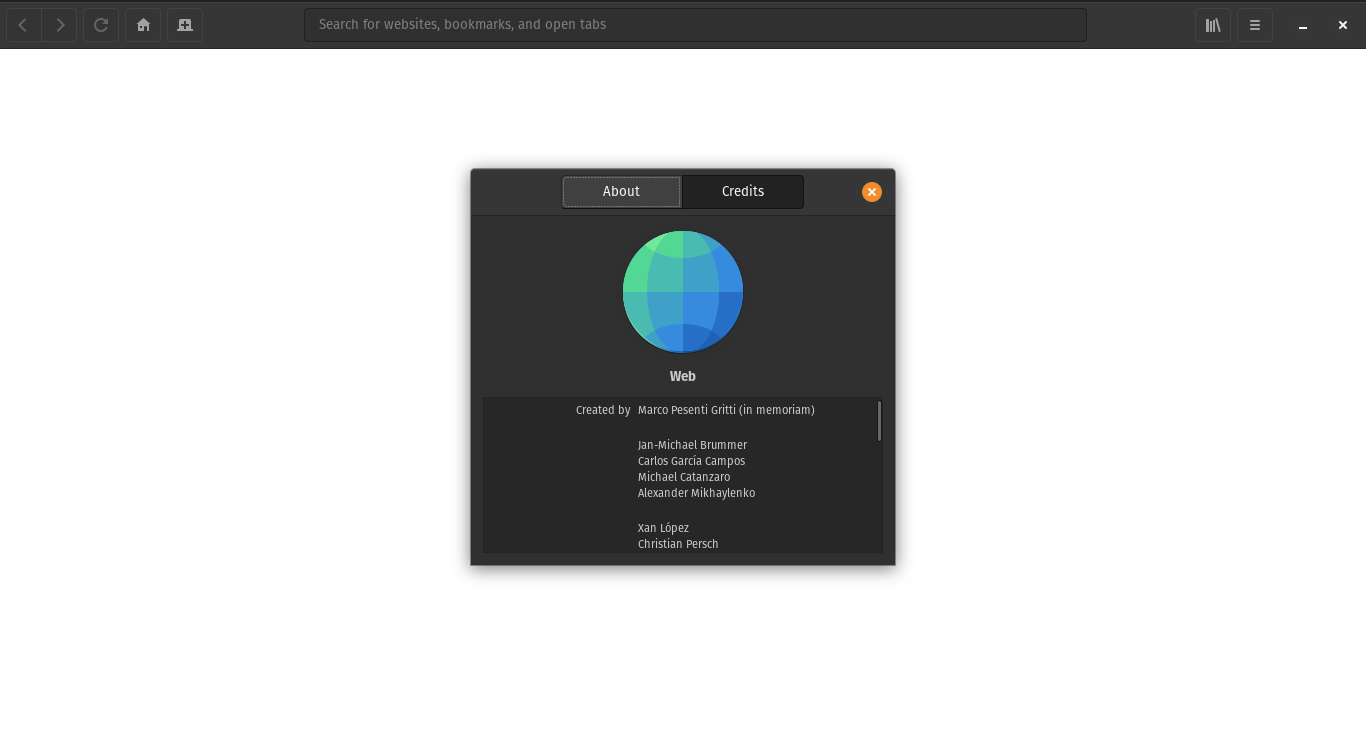Hello, friends. In this post, you will learn how to get the latest stable version of GNOME Web on Linux.
What is GNOME Web?
According to the project’s website,
Web is the web browser for the GNOME desktop and for elementary OS, based on the popular WebKit engine. It offers a simple, clean, beautiful view of the web featuring first-class GNOME and Pantheon desktop integration, a built-in adblocker enabled by default, and Intelligent Tracking Prevention
Personally, what I like most about the Web is the simplicity of its graphical interface. The clean and elegant look and feel makes this browser very useful for beginners.
It is also not overloaded with the number of add-ons, as it pre-installs the basics for basic browsing. Sure, it is not the ideal web browser for advanced users because it lacks other tools, but believe me, if you are a casual user, it is very efficient.
Let’s get started.
Get the latest stable version of GNOME Web on Linux
Although GNOME Web is present in the official repositories of almost every Linux distribution out there, an updated version is not always included.
Of course, this does not apply to Rolling Release distributions such as Arch Linux, Parabola GNU/Linux or openSUSE Tumbleweed, but for the rest it’s a different matter.
So, the best thing to do is to resort to Flatpak and save headaches.
Install Flatpak on Linux
For each distribution, the instructions change, but it is not very complex.
Let’s start with Debian, just execute this command:
sudo apt install flatpakUbuntu goes for Snap, but you can install Flatpak by executing in a terminal
sudo add-apt-repository ppa:flatpak/stable
sudo apt update
sudo apt install flatpakFor OpenSUSE, just run
sudo zypper install flatpakHowever, for distributions like Elementary OS, Linux Mint, Manjaro, Fedora Workstation and Rocky Linux (GNOME) Flatpak is already installed by default. So, you don’t have to install it.
After Flatpak is fully installed, you have to add the Flathub repository, which is where GNOME Web is hosted.
flatpak remote-add --if-not-exists flathub https://flathub.org/repo/flathub.flatpakrepoFinally run
flatpak install flathub org.gnome.Epiphany
When it’s finished installing everything you need, you can run it from the main menu or
flatpak run org.gnome.EpiphanyAnd that’s it!




